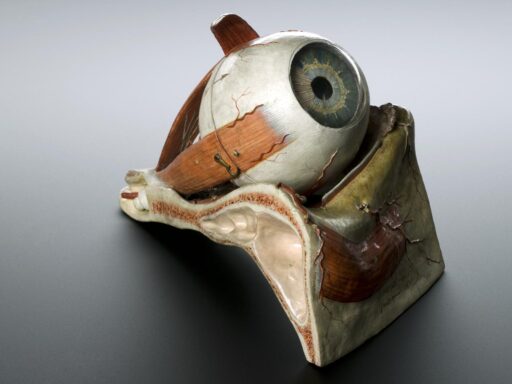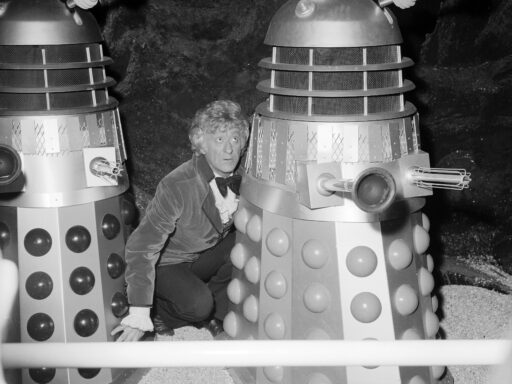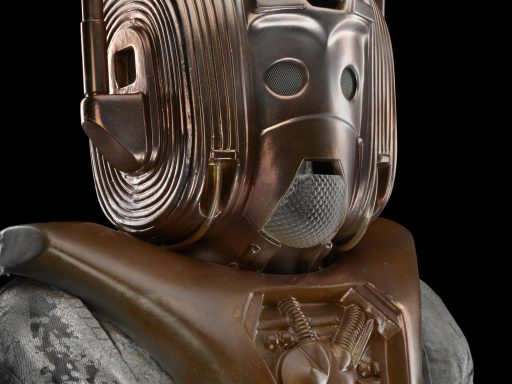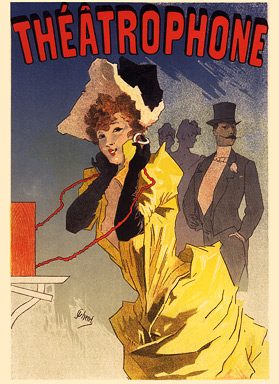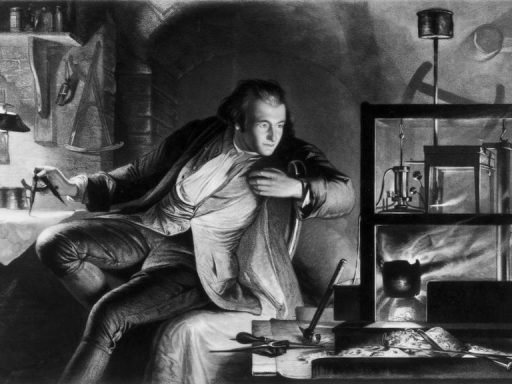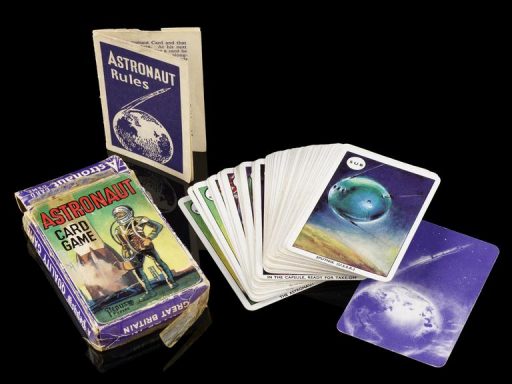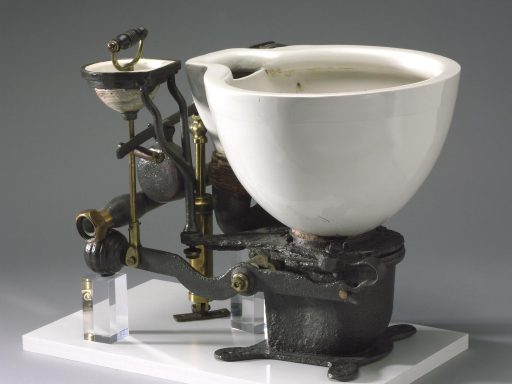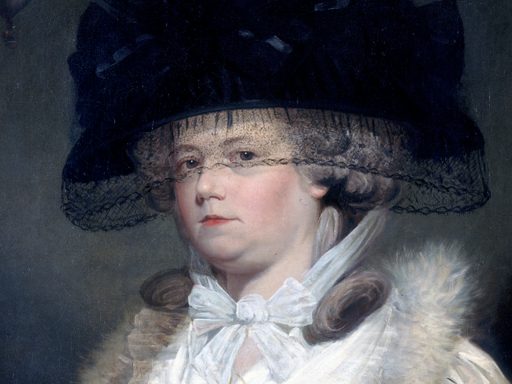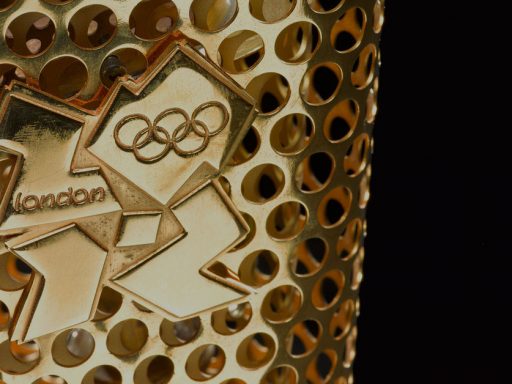
Discover out-of-this-world objects on our new trail in collaboration with Disney and Pixar’s Elio
This May half term, visitors to the Science Museum can ignite their curiosity about the cosmos with our Exploring Space trail, a collaboration with Disney and Pixar’s new film ‘Elio’ to celebrate its release in cinemas on 20 June.
